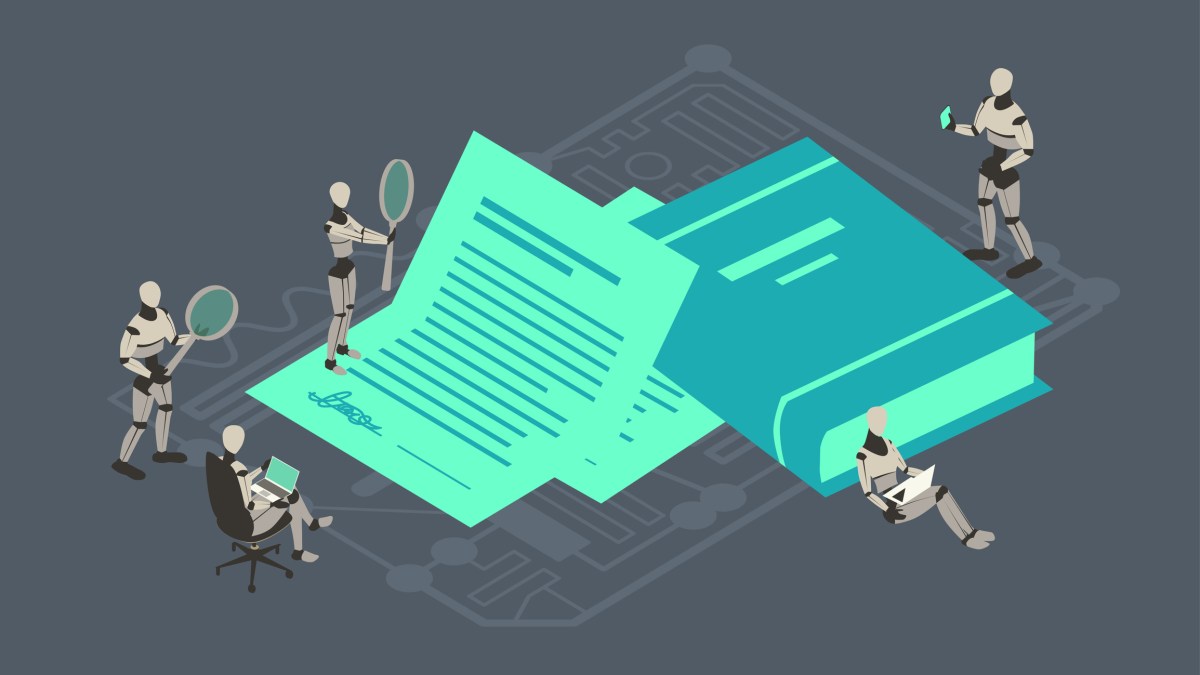Try these neuroscience-backed tactics to train your brain to make better decisions
We’re just off a solid week of the annual Fast Company Innovation Festival and one of the things that stands out to me every year (along with the stellar programming, of course) is the certainty of attendees asking me: “What should I absolutely see and do?” Understandable. When you’re spoiled for choice, it’s tough to make a decision and the default can be just to ask someone you trust. That got me thinking about the process of decision-making and the paralysis of analysis that can come when you have too much information and time to overthink. In a fireside chat, one of Fast Company’s 10 Most Innovative leaders Ryan Reynolds summed it up nicely: “If you have too much time . . . I can pretty much promise you, you’re going to murder creativity.” Reynolds, actor, cofounder of Maximum Effort, and chief creative officer of MNTN was speaking about spending eight or nine months making an ad (“You’ve already overthought it,” he flatly declared) while extolling the virtues of just doing something that maybe sucks and making something better later. This is a great lesson on decision-making. But don’t just take Reynolds’s word for it. The brain science behind making better decisions faster is pretty compelling too. Here are some ways to train your brain to level up your decision-making. Understand your brain’s framework A recent study published in the JAMA explored and explained our brains’ two decision-making strategies: exploitation or exploration, particularly during times of uncertainty. “Exploitation involves choosing options that are familiar and provide a higher certainty of reward, while exploration involves testing out unfamiliar choices,” according to a recent Fast Company article. When making a decision, “It would be best to exploit the more rewarding choice early on, but then engage in exploration once you’ve noticed a shift in how often points are offered,” said one of the researchers. Your brain also works in 90-minute cycles. Poland-based researchers suggested that you need to take breaks every hour and a half or so “to protect the mind from information overload and give it a chance, at regular intervals, to wander and process what it has imbibed.” Try a few weird tricks Organizational psychologist Amantha Imber took that a step further and outlined some of the strange but potentially effective ways to improve your decision-making that are backed by science. These include: Dim the lights. Human emotion tends to heighten under bright lights, so if you want to be less driven by those impulses, flip the switch. Watch something move in a clockwise direction. “Clockwise movement may induce a mental state of future orientation, whereas counterclockwise movement is likelier to orient us toward the past,” so watch an analog clock to mitigate the bias of familiar things. Wait until you have to pee. This counterintuitively may enhance your ability to restrain yourself and make a better long-term choice. Let go of the ‘absolute best’ Good may be said to be the enemy of great, but science shows that in decision-making there is no ideal choice. That’s because the bigger enemy inside your brain causes regret (there will always be something better out there somewhere) and envy (you start comparing yourself to others who made different choices). To add another maxim: “Comparison is the thief of joy,” so bonus happy points if you can train your brain to accept good enough in some cases. Comparisons do have their place, according to cognitive scientist Art Markman. “For really important decisions, you should spend some time focusing on each option individually and imagining the context in which you’re going to live with that option,” he explained. “So, if you’re choosing among projects to pursue, consider the elements of those projects that make them particularly worth supporting (or not).” Know the strengths and weaknesses of a decision. This is valuable according to the authors of Decisions Over Decimals, Christopher Frank, Paul Magnone, Oded Netzer, because an extreme outcome may never come to pass, but examining the possibilities can help expose flaws in the decision. Finally, the authors discourage letting too many others weigh in. Instead, they recommend seeking consent to ensure major obstacles are addressed. “Satisfying all inputs leads to unnecessary compromise,” they wrote.

We’re just off a solid week of the annual Fast Company Innovation Festival and one of the things that stands out to me every year (along with the stellar programming, of course) is the certainty of attendees asking me: “What should I absolutely see and do?” Understandable. When you’re spoiled for choice, it’s tough to make a decision and the default can be just to ask someone you trust.
That got me thinking about the process of decision-making and the paralysis of analysis that can come when you have too much information and time to overthink.
In a fireside chat, one of Fast Company’s 10 Most Innovative leaders Ryan Reynolds summed it up nicely: “If you have too much time . . . I can pretty much promise you, you’re going to murder creativity.” Reynolds, actor, cofounder of Maximum Effort, and chief creative officer of MNTN was speaking about spending eight or nine months making an ad (“You’ve already overthought it,” he flatly declared) while extolling the virtues of just doing something that maybe sucks and making something better later.
This is a great lesson on decision-making. But don’t just take Reynolds’s word for it. The brain science behind making better decisions faster is pretty compelling too. Here are some ways to train your brain to level up your decision-making.
Understand your brain’s framework
A recent study published in the JAMA explored and explained our brains’ two decision-making strategies: exploitation or exploration, particularly during times of uncertainty. “Exploitation involves choosing options that are familiar and provide a higher certainty of reward, while exploration involves testing out unfamiliar choices,” according to a recent Fast Company article. When making a decision, “It would be best to exploit the more rewarding choice early on, but then engage in exploration once you’ve noticed a shift in how often points are offered,” said one of the researchers.
Your brain also works in 90-minute cycles. Poland-based researchers suggested that you need to take breaks every hour and a half or so “to protect the mind from information overload and give it a chance, at regular intervals, to wander and process what it has imbibed.”
Try a few weird tricks
Organizational psychologist Amantha Imber took that a step further and outlined some of the strange but potentially effective ways to improve your decision-making that are backed by science. These include:
- Dim the lights. Human emotion tends to heighten under bright lights, so if you want to be less driven by those impulses, flip the switch.
- Watch something move in a clockwise direction. “Clockwise movement may induce a mental state of future orientation, whereas counterclockwise movement is likelier to orient us toward the past,” so watch an analog clock to mitigate the bias of familiar things.
- Wait until you have to pee. This counterintuitively may enhance your ability to restrain yourself and make a better long-term choice.
Let go of the ‘absolute best’
Good may be said to be the enemy of great, but science shows that in decision-making there is no ideal choice. That’s because the bigger enemy inside your brain causes regret (there will always be something better out there somewhere) and envy (you start comparing yourself to others who made different choices). To add another maxim: “Comparison is the thief of joy,” so bonus happy points if you can train your brain to accept good enough in some cases.
Comparisons do have their place, according to cognitive scientist Art Markman. “For really important decisions, you should spend some time focusing on each option individually and imagining the context in which you’re going to live with that option,” he explained. “So, if you’re choosing among projects to pursue, consider the elements of those projects that make them particularly worth supporting (or not).”
Know the strengths and weaknesses of a decision. This is valuable according to the authors of Decisions Over Decimals, Christopher Frank, Paul Magnone, Oded Netzer, because an extreme outcome may never come to pass, but examining the possibilities can help expose flaws in the decision.
Finally, the authors discourage letting too many others weigh in. Instead, they recommend seeking consent to ensure major obstacles are addressed. “Satisfying all inputs leads to unnecessary compromise,” they wrote.






















